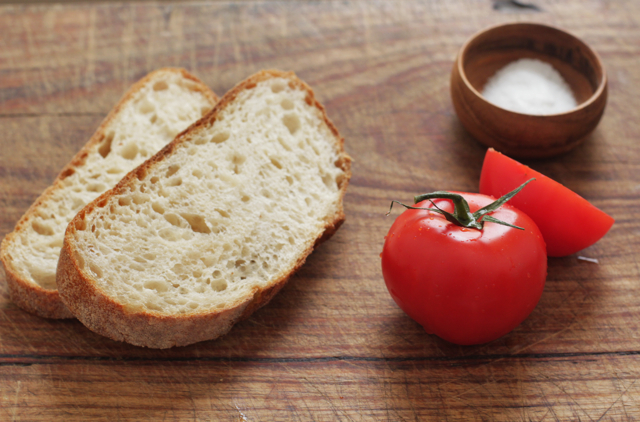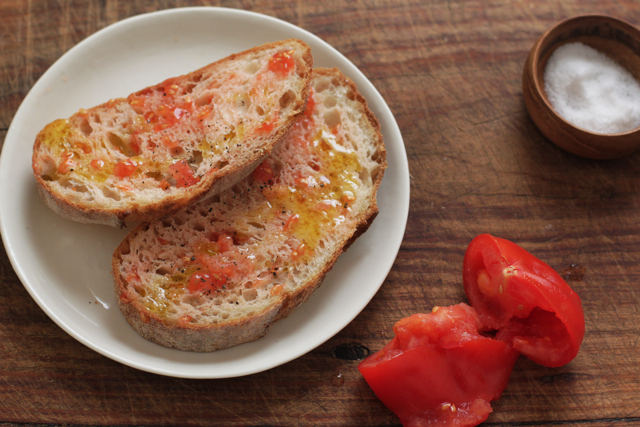So much of why we love food – eating it, making it, talking about it – is because it is emotionally attached to a memory, perhaps a fond ritual, perhaps a specific occasion. So easily triggered by the smell, feel or look of something, the nostalgia is instantaneous and even stronger when it is something to do with our childhood.
This is what happens when you talk about merenda, the typical mid-afternoon snack that most Italians tend to associate with coming home from school as a child. That moment of the day, somewhere around 4 o’clock, when small stomachs growl with emptiness and a little something will help make it to dinner time.

La merenda can often be something sweet (and in this case is usually called la merendina, ‘the little snack’). Perhaps a warm bowl of milk with biscotti for dipping; brioche – plain or filled with jam; a slice of bread, thickly spread with nutella. In the summer, gelato is quite possibly everybody’s – whether big or small – favourite merenda.
Then there are those merende that go back to another time. Long before pre-packaged snacks lined aisles at the supermarket. Like the zabaione-ish uovo sbattuto: an egg yolk and a spoonful or two of sugar, whipped up in seconds with a fork in a small teacup. Even Pellegrino Artusi in his 1891 cookbook describes this as the antidote to a crying child. His version includes the white of the egg, whipped to peaks and folded through the creamy egg, served with bread for dipping.

Bread with tomato. It’s not a bruschetta as such (although the ingredients are essentially the same), but much simpler: a tomato, cut in half, is rubbed over the bread until it is stained pink. It needs only a sprinkle of salt and pepper and good olive oil. Toasting is entirely optional. If you really wanted, you could embellish it – some fresh basil, some dried oregano, garlic. But these additions are mostly superfluous and really depend on how your nonna made it for you when you were a child.
It’s so simple it really doesn’t need a recipe, it’s more of a preparation, suited to your taste, to your memory. There’s a very specific order in which the ingredients are prepared. First, a quick rub of garlic, then a rub of tomato, followed by a sprinkle of salt and lastly, olive oil – Spanish in this case, of course. Each bite takes me a step closer to sun-drenched days spent on quaint beaches and bicycle rides around the former fishing village of Portixol. See? Food nostalgia.
Original Website:Italian Table Talk: Pane con Pomodoro | Emiko Davies


 English
English  中文
中文